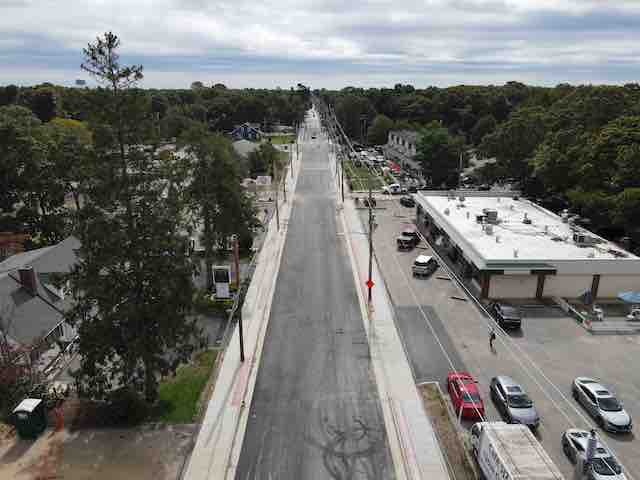The email sent will contain a link to this article, the article title, and an article excerpt (if available). For security reasons, your IP address will also be included in the sent email.
By Kieran McGovern
In recognition of Women’s History Month, Smithtown Matters is proud to recognize the accomplishments of women. It is fascinating to learn the wonderful and interesting ways women have made their mark on the world. Throughout March, SmithtownMatters will give a brief history of women who made a difference.
Day 21- The Historic Women of Smithtown
We all know of great, inspirational women in history whom all have had profound impact(s) on society at large. Some names that come to mind are Maya Angelou, Eleanor Roosevelt and Dolly Madison. But what about local women? People do not always consider the women who have done great things and created positive change in Smithtown, NY.
In fact there are quite a few such women but, unfortunately, great women of Smithtown have typically “lived in the shadows of the men,” according to Brad Harris, President of the Smithtown Historic Society. However, as far back as the Colonial Period, women were helping to sow the seeds of what we now call our hometown. Women like Ruth Norton Blydenburgh (commonly known as Widow Blydenburgh).
Widow Blydenburgh (1738-1802) owned and operated the Blydenbugh Tavern, which was frequented by British soldiers during the Revolutionary War. She was well-respected as the local shopkeeper and a good woman, in general. The Blydenburgh Tavern was located in close proximity to the Smithtown Library, but was burnt down before the Library was constructed in the 1950s.
Tamer Wren (1890s-mid-1900s), who lived during the 19






 Return to Article
Return to Article